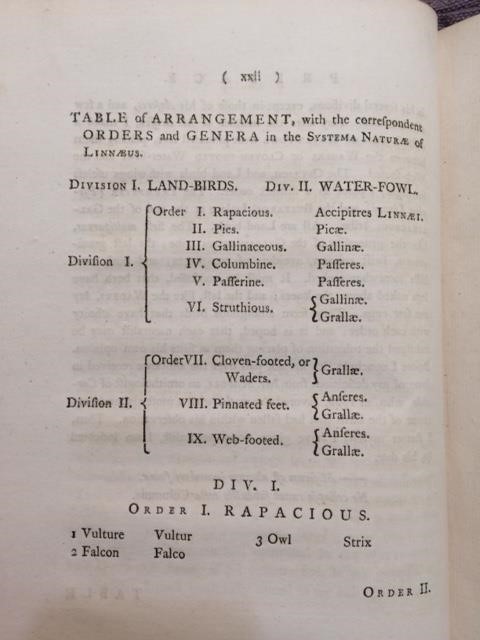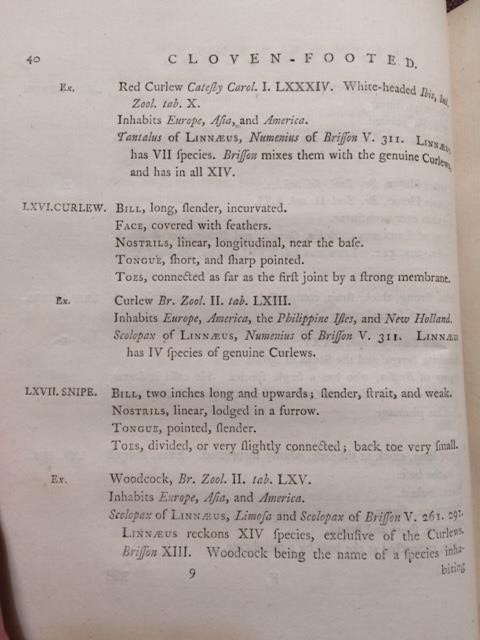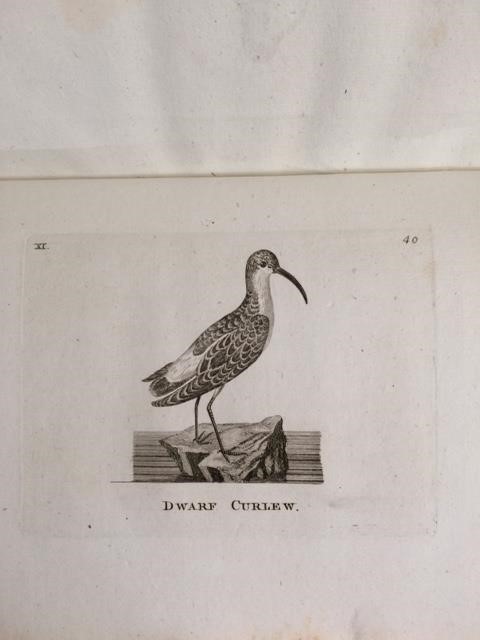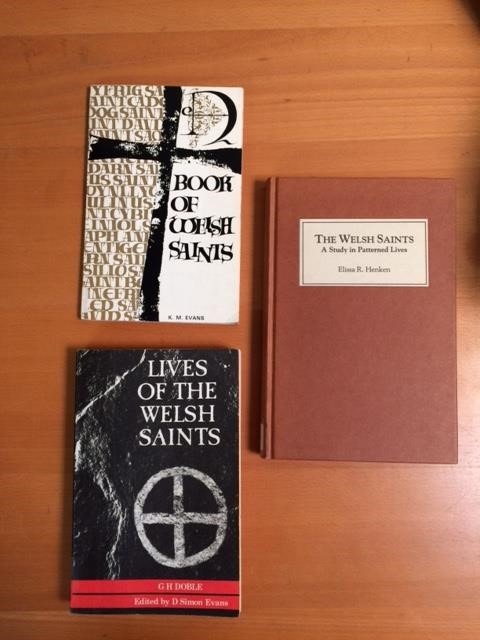21st April is World Curlew Day, the first annual international event with the aim of raising awareness of the Curlew, one of the most recognisable of wading birds (numenius arquata). According to the RSPB, there are 66,000 breeding pairs in the UK, with 140,000 individual curlews wintering on our shores and estuaries each year. [1]
While they are a protected species, the curlew is also included in Birds of Conservation Concern 4, also known as the ‘red list’ of birds under threat or in severe population decline, from the Corncrake to the Cuckoo. [2] Curlew populations around the world have been in a dramatic decline, with human-driven climate change cited by researchers as one major contributory factor. [3]
21st April is also the festival day of St. Beuno (c.550 – c.630?), an important figure in the history of the early Welsh Church. Beuno is of particular importance to North Wales, with more dedications to him in this area of the country than any other Saint. He is seen as the North Wales equivalent of St. David in the South.
To help the cause of the Curlew, I thought I would look for them in our own collections, hoping to see where knowledge and images of them have landed in our books. I also wanted to discover more about the legend that is said to connect the bird with the Welsh saint. This is what I found.
The Curlew
While Gladstone’s Library has many books on Welsh Saints, we have far fewer books on ornithology. However, one of the books we do have on birds is of particular importance not only to the history of ornithology, but it is by another figure with a deep connection to North Wales. We are fortunate to have a copy of Genera of Birds (London: Printed for B. White, 1781) by Thomas Pennant (1726-1798). Pennant was one of the most important naturalists of the 18th Century, author of a vast number of works, from Arctic Zoology (1784-5) to A Tour in Wales (1784). He also spent all of his life here in Flintshire, where the library is today.
In the Genera, the Curlew is classified within Division II, Order VII, under ‘Cloven-footed, or Wader’. The system Pennant uses to classify birds was based on that devised by John Ray and Francis Willoughby, first published 1678. This was one of many classificatory systems that were in use at the time. Today, the Curlew is part of the Numeniini group of species.
 |
As the recent ‘Cambridge Library Edition’ of Pennant’s Genera describes it, the book was important less for its original contributions to natural history and more for the style of its writing. Pennant writes of the curlew that it’s bill is ‘long, slender, incurvated’, its tongue ‘short, and sharp pointed’. His ornithological descriptions, like all good poetry, has both precision and concision.
 |
The Genera of Birds also contains a number of plates of engravings, depicting the birds described throughout the book (I haven’t been able to discover the name of the artist). Included in the engravings is one of a Dwarf Curlew (below), a native inhabitant (so Pennant tells us) of Holland.
 |
In a further example of his poetic style, Pennant beautifully describes all birds as possessing ‘the faculty, except in very few instances, of removing itself from place to place through the air’. According to the legend associated with Saint Beuno, this faculty of removal from place to place proved extremely useful one day, when the Saint began crossing a large body of water…
St. Beuno and the Curlew
Much of what is known about the life of St. Beuno derives from a fourteenth century manuscript (MS 119) in Jesus College, Oxford (Doble, 1984, p. 50). Beuno was born in Shropshire in around 550, and founded numerous monasteries across Wales, such as in Llanymynech (Welsh: ‘Church of the Monks’) near Welshpool, before establishing his principal monastic foundation in Clynnog. Fawr, on the Llyn Penninsula, North-West Wales.
 |
There are numerous stories associated with St. Beuno, including legends that tell of him ‘restoring life to people who had their heads cut off’ (Evans, 1967, p. 68). This has been interpreted by contemporary scholars as meaning that he helped those in mental or emotional distress.
The story of Beuno and the curlew is taken from Sir John Rhys in his Celtic Folklore, Welsh and Manx (Oxford, 1901). Beuno, living at Clynnog, was cross the water to Llanddwyn, where he preached on the opposite shore. Elissa Henken, in The Welsh Saints: A Study in Patterned Lives (1991), tells that:
“while walking across the water, he accidentally dropped his sermon book and was unable to recover it. However, a curlew came, picked up the book, and put it on a stone out of the tide’s reach” (p. 94).
To thank the curlew for his act of kindness, ‘protection was granted the bird so that nobody may ever know where the curlew makes its nest’ (p. 94).
The truth of this story cannot be found by asking if it literally happened. The story of St. Beuno and the curlew tells of a relationship between humans and birds that is built on compassion and kindness. Birds of all kinds continue to provide us with moments of unexpected, unasked-for grace. In finding the Curlew in Pennant’s book, this short piece has brought one curlew back from the depths of our stacks, just as the Curlew brought the book from the depths of the water all those centuries ago. Now that Curlews themselves are at risk of loss, we must think and work as humans to find ways of ensuring that Curlews and other endangered birds can be held from falling into depths they cannot be brought back from.
Further Reading
All of the facts given in this blog were taken from books we have in our collections. Read more about the life of Beuno, and the lives of more Welsh Saints, through the following books (shelf marks are given after the details of the books):
Doble, G.H.; Evans, D. Simon (ed.). Lives of the Welsh Saints (Cardiff: University of Wales Press, 1984) I 85/17
Evans, K.M. Book of Welsh Saints (Glamorgan: Church in Wales Publications, 1967) I 85/18
Henken, Elissa R. The Welsh Saints: A Study in Patterned Lives (Cambridge: D.S. Brewer, 1991) I 51.8/60
Pennant, Thomas. Genera of Birds (London: Printed for B. White, 1781) T 20/7
Rhys, John. Celtic Folklore, Welsh and Manx (Oxford: Clarendon Press, 1901) K 26/23
Sources
[1] https://www.rspb.org.uk/birds-and-wildlife/wildlife-guides/bird-a-z/curlew
[2] https://www.bto.org/science/monitoring/psob
[3] https://www.bto.org/science/latest-research/decline-curlew
For more information about World Curlew Day, please visit the website of the International Study Wader Group.
By Gary Butler, Library Assistant